Category: Music and Poetry
-
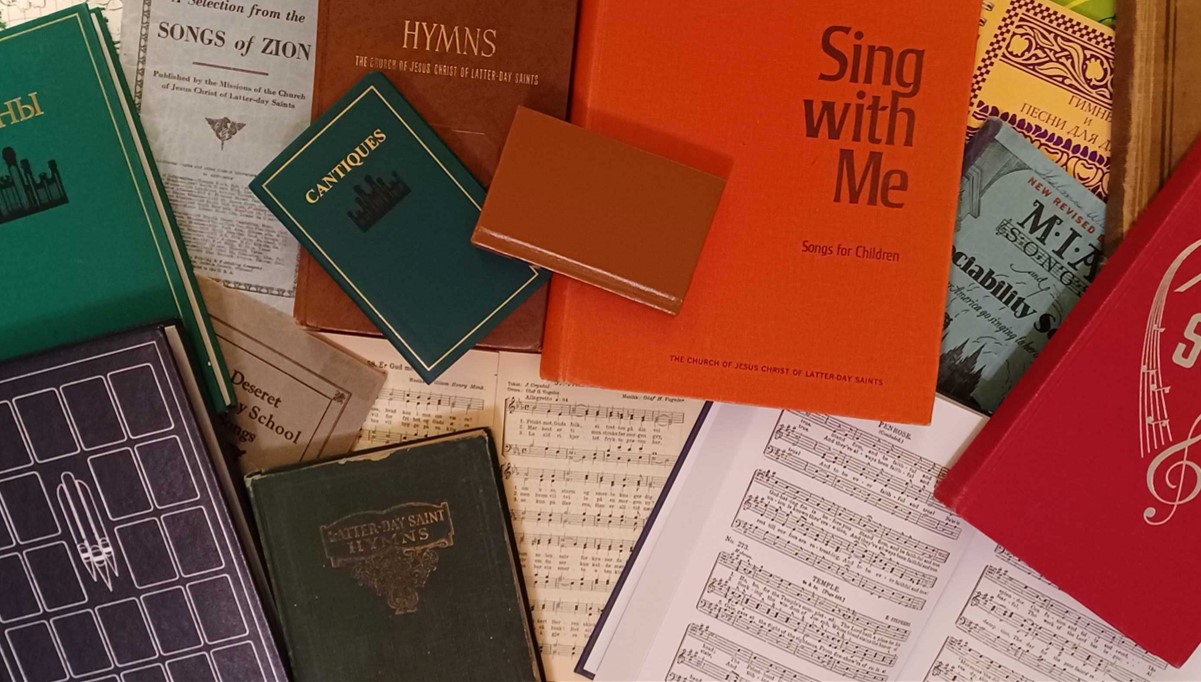
Hymnal Watch: August 2023
It’s been a bit since we last had an update on the new hymnbook and children’s songbook, but it sounds like we’re getting close to an announcement of the project coming to full fruition.
-
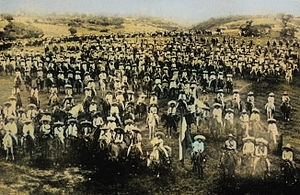
Mormonism in Mexico, Part 15: War
The Mexican Revolution impacted every Mexican, and that included the Mexican Latter-day Saints, some of whom did their best to stay out of the conflict, some of whom became casualties of war, and some of whom joined in the revolution.
-
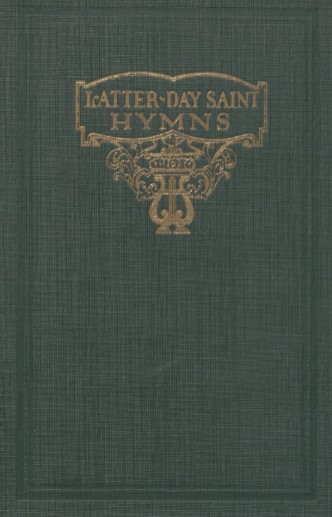
The 1927 Latter-day Saint Hymns
At the start of each year, there is a whole collection of publications that enter the public domain. This year is a relatively big year for people interested in Latter-day Saint song books, since the 1927 Latter-day Saint Hymns, along with a few other song books (the 1927 edition of the Primary Song Book and…
-
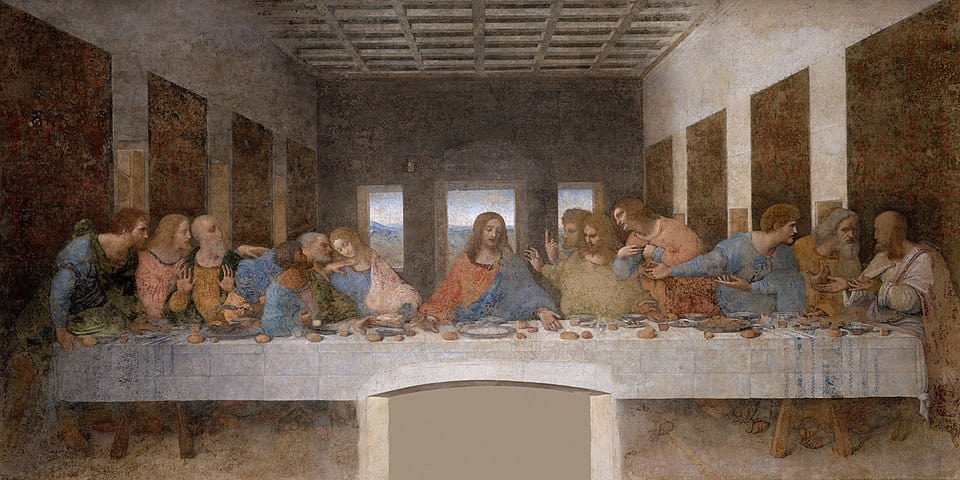
Sacrament Meeting Hymns
Choosing music for sacrament meetings is an interesting responsibility sometimes. One of a few different challenges is that there are only 27 hymns specifically selected as sacrament meeting hymns, so there is a lot of potential for repetition.
-
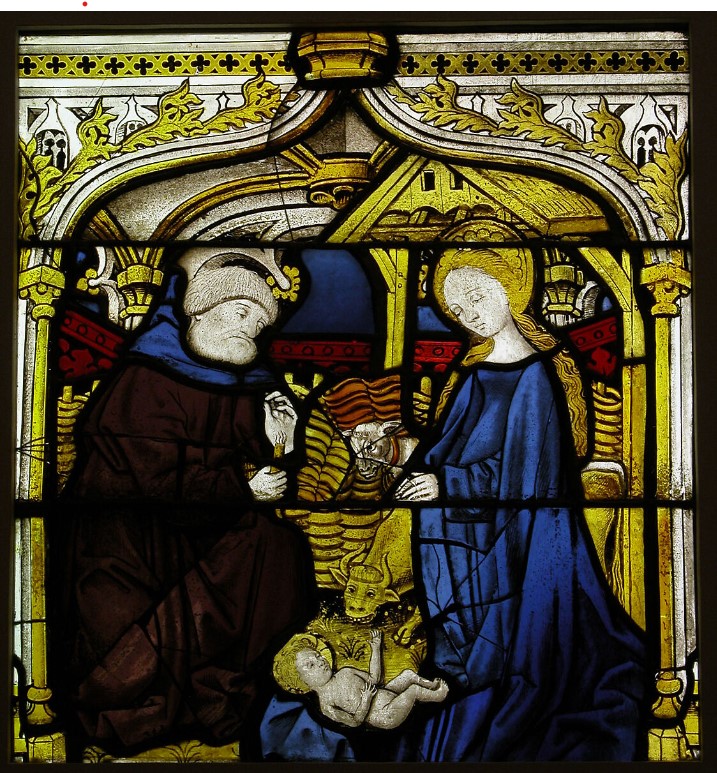
Christmas Carols in the French Hymnbook
A few years ago, I talked about Christmas songs that are included in the various translations of the Latter-day Saint hymnbook that are not in the English hymnal. I’m hoping to share the music and translations of those songs over the next few Decembers, starting this time with the music in the French hymnbooks. In…
-
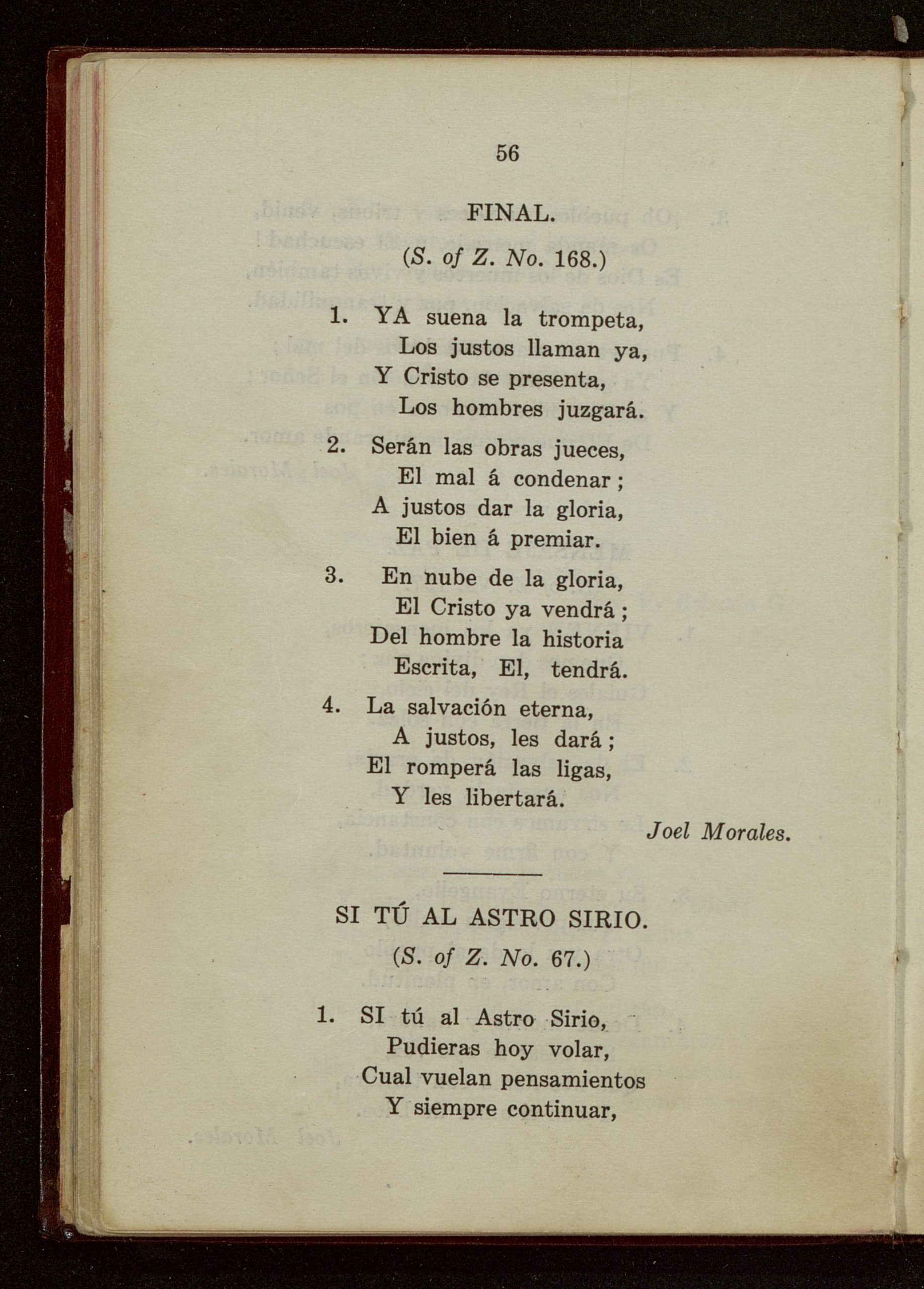
“Final”, Mexican Mission Hymns, Part 9
“Our Savior, Jesus Christ, understands our pains and our afflictions. He wants to ease our burdens and comfort us.”[1] ~Moisés Villanueva Note: This is a part of an ongoing series, the Mexico Mission Hymns Project. Hymn Text: “Final”, by Joel Morales was included in the Spanish hymnals from 1912 – 1992. The 1912 hymnal indicates…
-
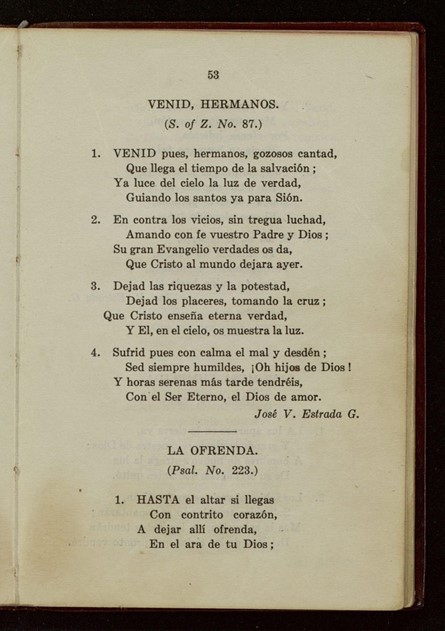
“Venid, Hermanos”: Mexican Mission Hymns, Part 8
To the degree that members of the Church live the gospel and follow the counsel of the prophets, they will, little by little and even without noticing it, become sanctified. Humble members of the Church who conduct daily family prayer and scripture study, engage in family history, and consecrate their time to worship in the…
-
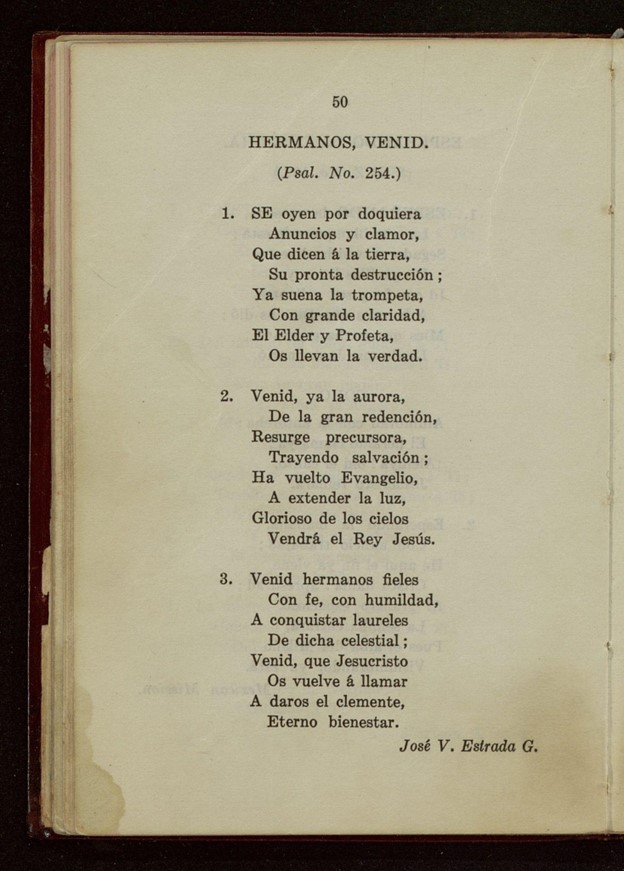
“Hermanos, Venid”: Mexican Mission Hymns, Part 7
Problems form an important part of our lives. They are placed in our path for us to overcome them, not to be overcome by them. We must master them, not let them master us. Every time we overcome a challenge, we grow in experience, in self-assuredness, and in faith.[1] ~Horacio A. Tenorio Note: This is…
-
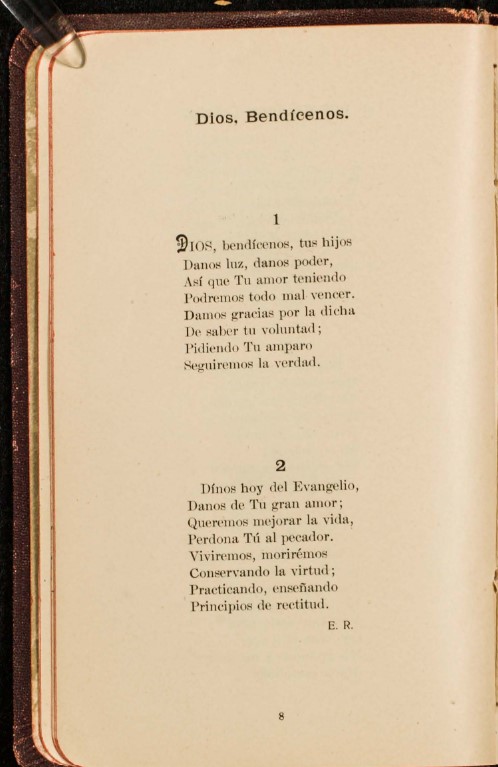
Dios, bendícenos: Mexican Mission Hymns, Part 6
LNote: This is a part of an ongoing series. To start at the introduction, follow the link here. Hymn Text: “Dios, bendícenos”, by Edmund Richardson, is an interesting example of a hymn where it’s not clear if it’s meant to be an original text, a translation of an existing hymn, or something in between. It…
-
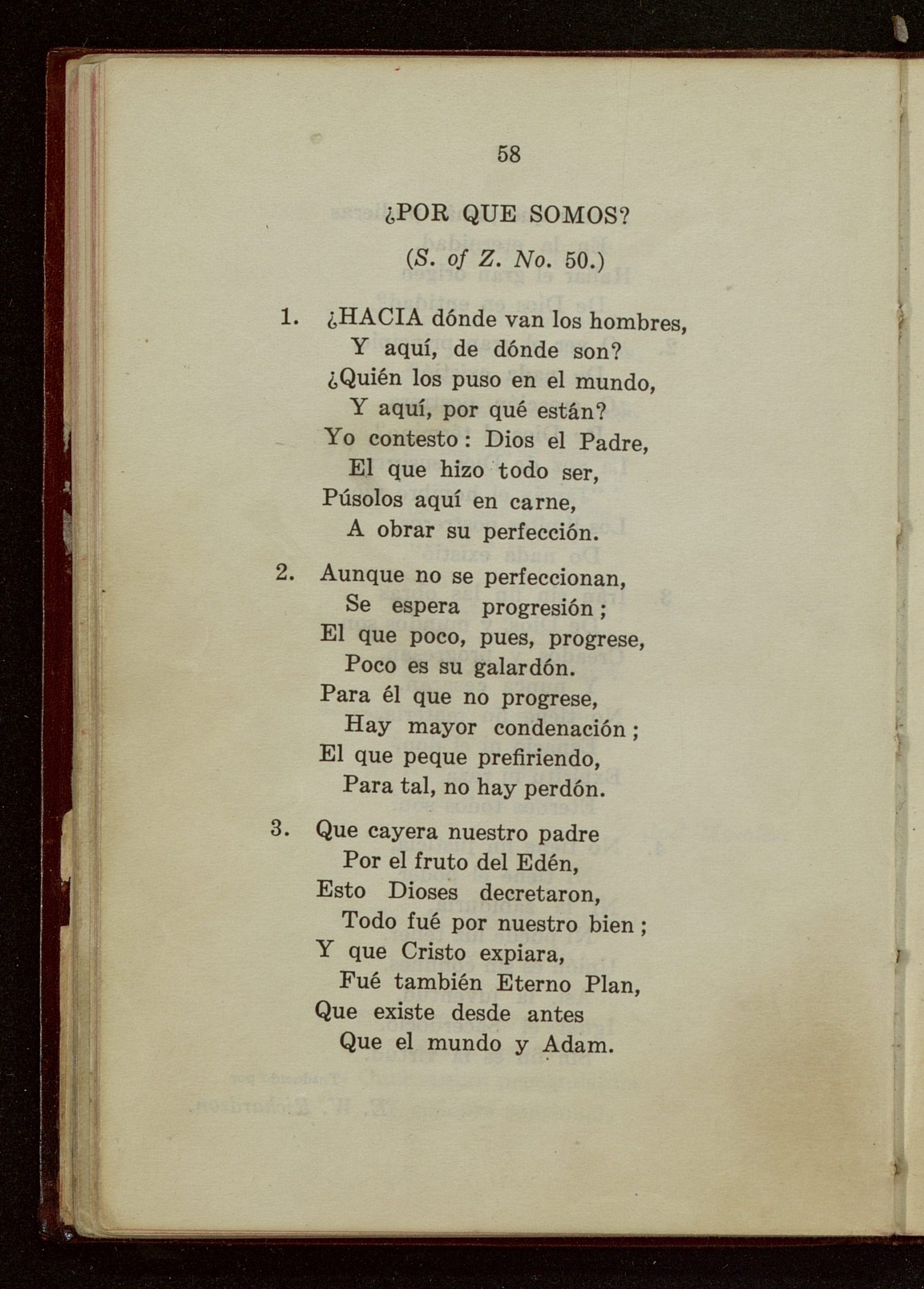
¿Por qué somos?: Mexican Mission Hymns, Part 5
Our Father knows and loves His children all over the world, from Boston to Okinawa, from San Antonio to Spain, from Italy to Costa Rica. In Ghana, President Gordon B. Hinckley recently thanked the Lord “for the brotherhood that exists among us, that neither color of skin nor land of birth can separate us as…
-
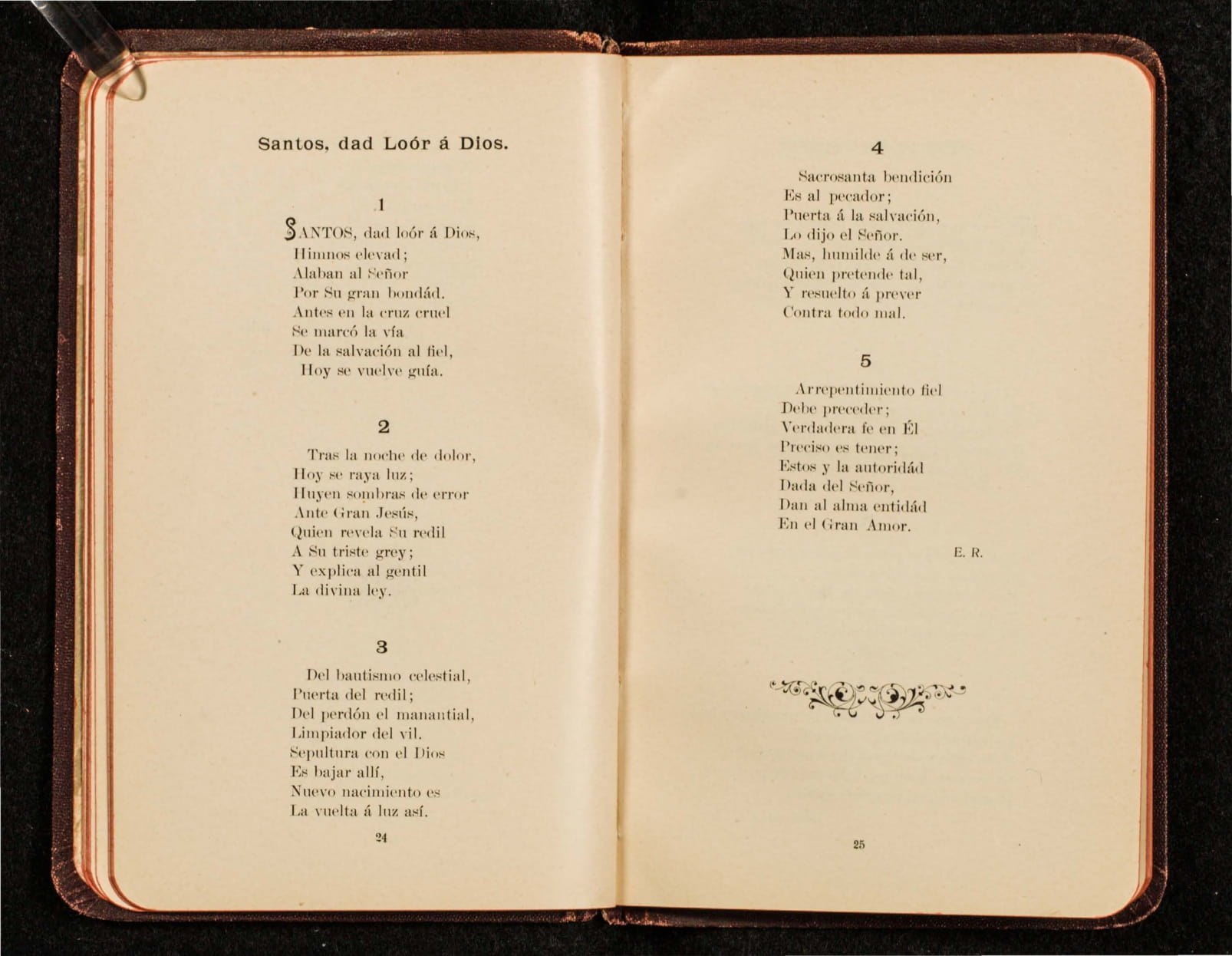
Santos, Dad Loor á Dios: Mexican Mission Hymns, Part 4
What greater power can you acquire on earth than the priesthood of God? What power could possibly be greater than the capacity to assist our Heavenly Father in changing the lives of your fellowmen, to help them along the pathway of eternal happiness by being cleansed of sin and wrongdoing?[1] ~Adrián Ochoa Note: This…
-
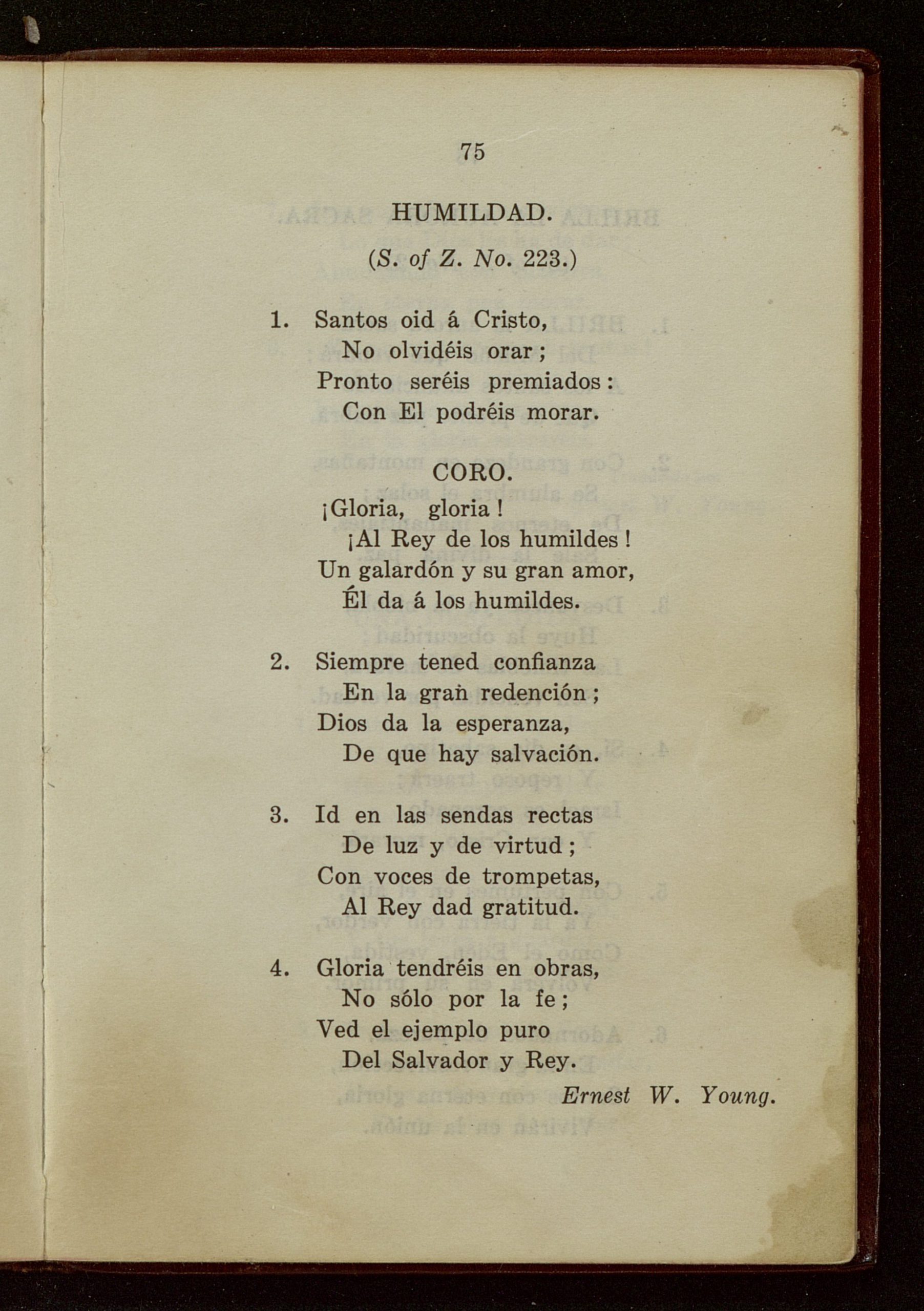
Humildad: Mexican Mission Hymns, Part 3
Oh, beloved brethren! Let us always remember the teachings of the prophets, let us always remember the teachings of our Lord Jesus Christ which he brought us in the meridian of time. Let us remember also his exhortations to our people here in the Americas, which are recorded in the Book of Mormon; let us…
-
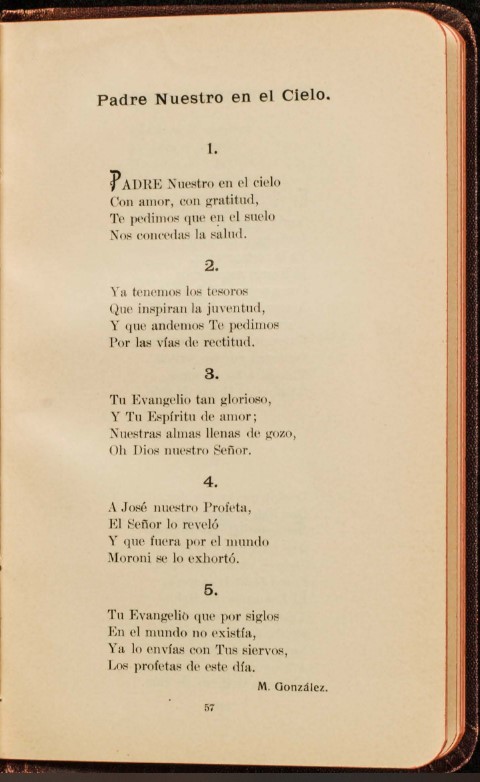
Padre Nuestro en el Cielo: Mexican Mission Hymns, Part 2
Note: This is a part of an ongoing series, the Mexico Mission Hymns Project. Hymn Text: Padre Nuestro en el Cielo by Manrique González was one of the earliest-published Spanish hymns in the Church of Jesus Christ of Latter-day Saints. It was published in the 1907 Mexican Mission Himnario Mormón (p. 57, see Figure 1)…
-
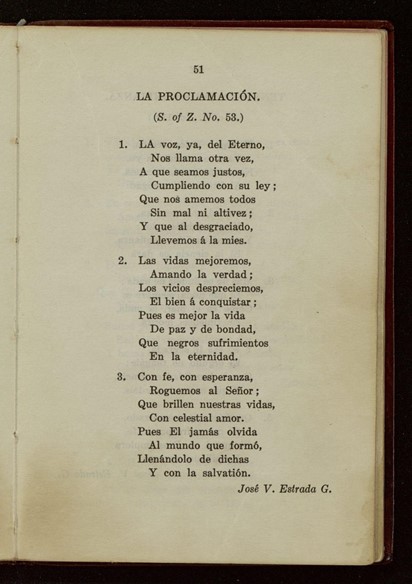
La Proclamación: Mexican Mission Hymns, Part 1
“I know for myself that Joseph Smith was a prophet because I have applied the simple promise in the Book of Mormon: ‘Ask God, the Eternal Father, in the name of Christ’ (Moroni 10:4). In simple words, look up.”[1] ~Adrián Ochoa Note: This is a part of an ongoing series, the Mexico Mission Hymns Project.…
-
Announcing a Mexico Mission Hymns Series
I’m excited to announce a new project that I’ll be sharing on Times and Seasons over the next few months – my Mexico Mission Hymnody project. A few years ago, a future new edition for the Hymns of the Church of Jesus Christ of Latter-day Saints was announced. While working on what would become my…
-
Ghostwriter to the Prophet
I suspect that if we really knew and experienced the early history of the Church of Jesus Christ of Latter-day Saints for ourselves, we might be surprised by who were the most influential members in shaping the developing Church. In a recent From the Desk interview, Bruce A. Van Orden discussed one candidate for that…
-
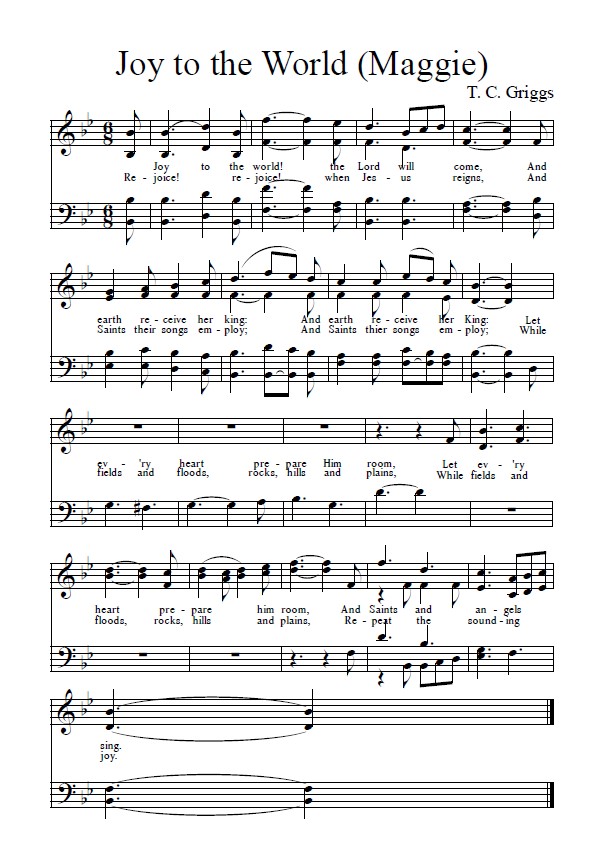
“As we commemorate the birth of Jesus Christ”
Of all the Christmas carols in the English hymnbook, the one with the longest association with the Church’s hymnals is “Joy to the World.”[1] It’s probably fitting, then, that the “Come, Follow Me” materials for this week reference it. The reading material for the week is the document “The Living Christ,” published by the First…
-
Lit Come Follow Me: D&C 76: The Vision
Poetry for this week’s Come Follow Me lesson, D&C section 76, The Vision of the Celestial Kingdom — plus, was Joseph Smith a poet?
-
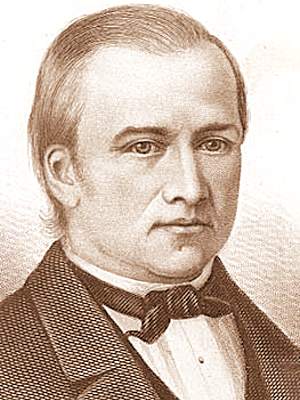
Lit Come Follow Me: D&C 71-75: Criticism, Consecration and Proclamation
Poetry for this week’s Come Follow Me lesson, D&C sections 71-75, addressing Criticism, Consecration and Proclamation
-
Lit Come Follow Me: D&C 67-70: The Lord’s Witness, Inspiration, and Parenting
Poetry for this week’s Come Follow Me lesson, D&C sections 67-70, addressing The Lord’s Witness, Inspiration, and Parenting
-
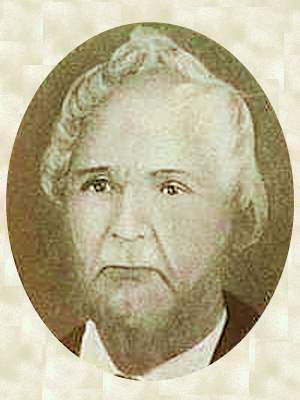
Lit Come Follow Me: D&C 63: Rebelliousness and Signs—The Lord is in Control
Poetry for this week’s Come Follow Me lesson, D&C section 63, addressing rebelliousness and signs, but concluding that the Lord is in control
-
Lit Come Follow Me: D&C 60-62: Missionary Work
Poetry for this week’s Come Follow Me lesson, D&C sections 60-62, addressing missionary work and the Lord’s support for us.
-
Lit Come Follow Me: D&C 58-59: Timing of Blessings, Sabbath Day
The end is always a new beginning. The arrival of the first Latter-day Saints in Independence, Missouri was both an end and a beginning. They accomplished the goal of gathering to Zion, but then realized that now they had to actually build Zion—a process that has, in a variety of ways, continued ever since. For…
-
Lit Come Follow Me: D&C 51-57 — Temporal Zion
By going in order through the Doctrine and Covenants, the Come Follow Me lessons sometimes show the concerns of the Church at a particular point in time. The seven sections included in this lesson are quite varied, but all demonstrate temporal concerns — where to put all the immigrants arriving in Kirtland, how members should…
-
Lit Come Follow Me: D&C 45 — Standards and Zion
Poetry for this week’s Come Follow Me lesson, D&C section 45, addressing the raising of gospel standards and establishing Zion.
-
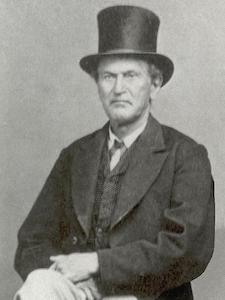
Lit Come Follow Me: D&C 14-17
This week’s Come Follow Me lesson includes several similar sections of the Doctrine and Covenants: three revelations to David Whitmer, John Whitmer and Peter Whitmer, Jr., who have asked the Lord where they should focus their efforts. The fourth section in this lesson is essentially the call to David Whitmer, Martin Harris and Oliver Cowdery…
-
A Christmas Hymn Wishlist
I’m always curious to hear what people think about music in the Church, particularly in recent years with the forthcoming new hymnbook. Usually this time of year is insanely busy for me—with the bell choirs that I’ve been a part of, ward Christmas parties and programs, etc., around now I’m used to an endless series…
-
A New Update on the New Hymnbook
Last week, the Church released some new updates about the new hymnbook and children’s songbook. The short and sweet version is that we’re still several years away from the books being published and that the process and the books themselves are evolving (both due, at least in part, to the sheer volume of material that…
-
When You Believe: An EP Review
Last Friday, the Tabernacle Choir at Temple Square released a new extended play record (EP), “When You Believe: A Night at the Movies.” I bought and downloaded the music this weekend and I have listened to it several times since then. The EP is short (totaling five tracks and about 23 minutes), but it is…
-
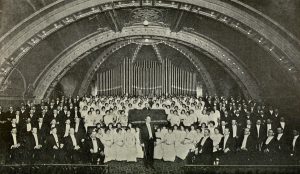
COVID, Conference, and Choir
The world is facing extraordinary times. With the COVID-19 pandemic raging worldwide, everyone is (or soon will be) feeling an impact from it in one way or another. It will likely leave some lasting changes on our society. Within the Church, it provides us with an extraordinary opportunity to reflect on how we have been…
